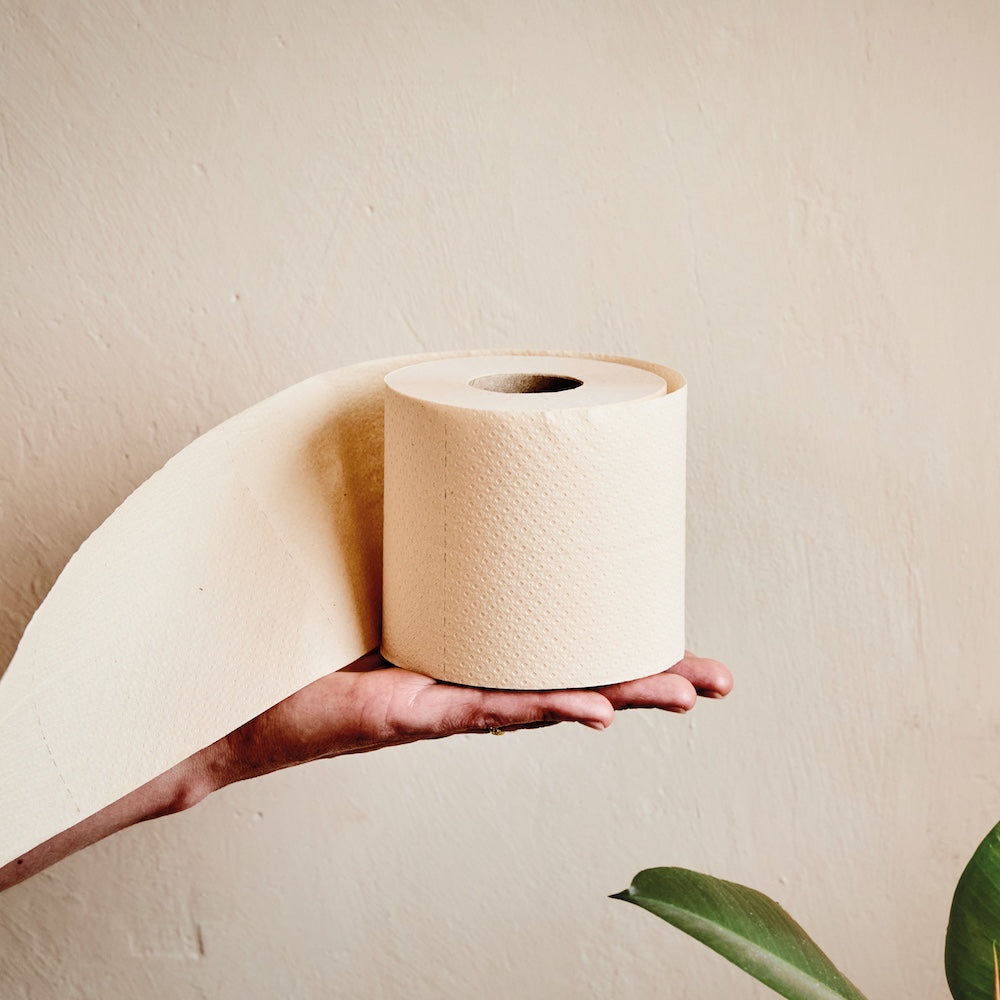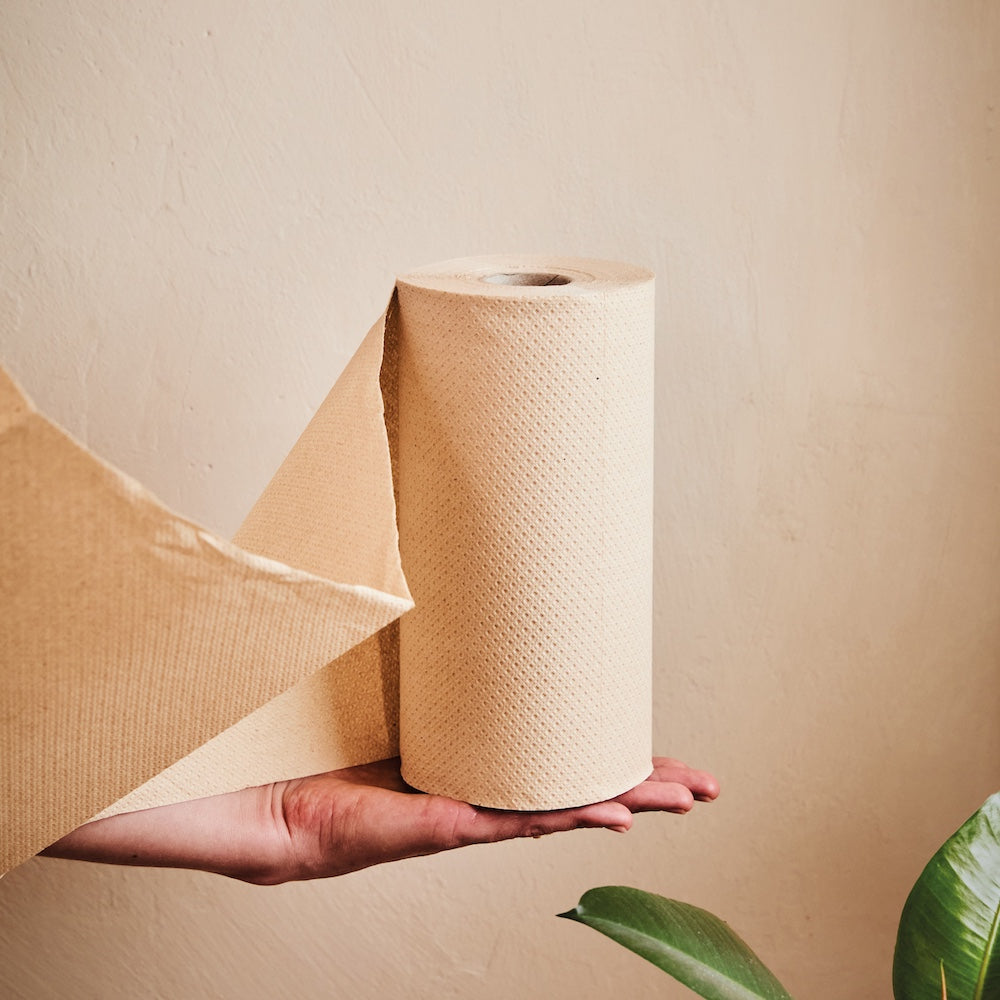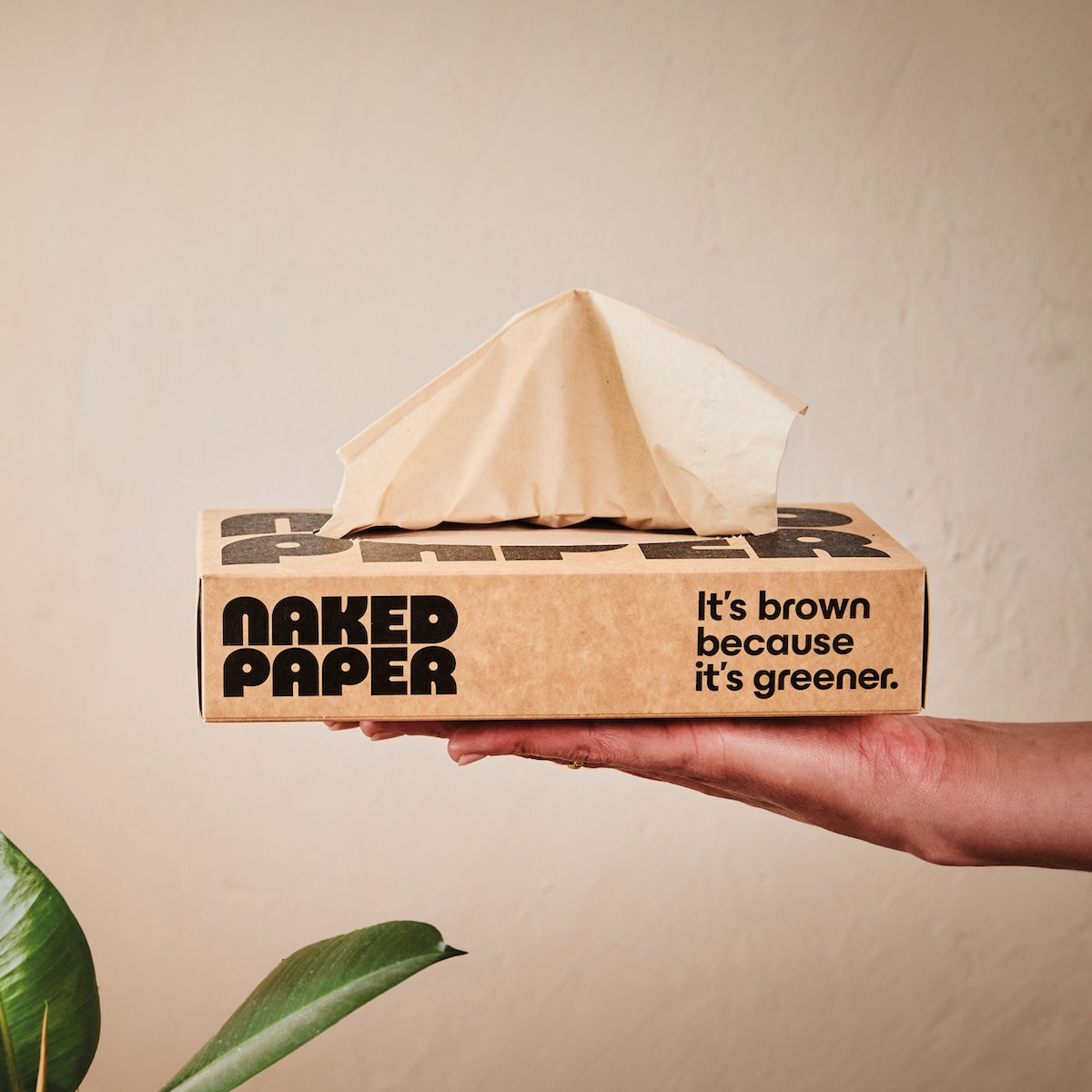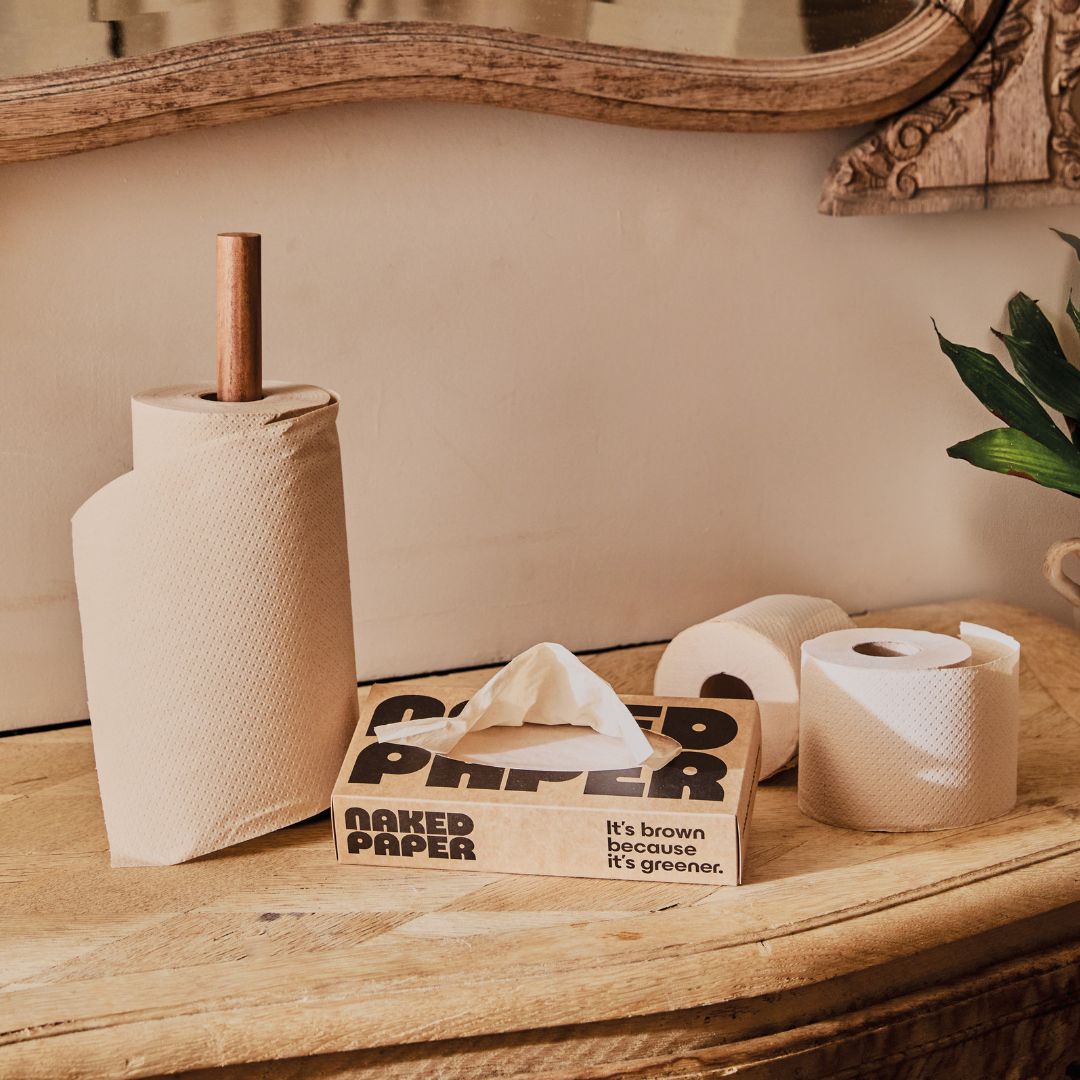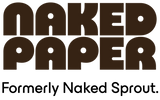Join our team trip to the factory!

A couple of weeks ago, most of the Naked Paper team packed our bags and headed off to northern Spain to visit the factory where all our soft, sustainable toilet paper, kitchen rolls, and tissues are made.
For our founders Tom and Leila, trips like this are a regular part of the working year. But for many of us, it was the first time seeing the production home of Naked Paper in person and meeting our Spanish colleagues face-to-face.
We’d all seen plenty of photos of the factory and if you’re a regular visitor to this blog, you probably have too! But nothing beats hearing the machines, meeting the people, and feeling the energy of the place that brings Naked Paper to life.

Getting there
We set off on a sunny Thursday afternoon. Our team has grown this year, and because we’re a remote-working company, we live in different towns, cities, and rural corners around the UK. While we chat all day on our virtual workspace, many of us exchanged handshakes and hugs for the first time in the arrivals area at Barcelona airport.
Arrival times were, let’s say, creatively staggered thanks to delays. But eventually we piled into our minivan and made our way to our hotel for a team dinner featuring some delicious local wine and cheese before an early start the next morning.
Friday was all about the factory. You might not think a toilet paper production line sounds like the most exciting destination, but for a team that lives and breathes bleach-free tissue, it was a thrill to see it all in person.

A warm welcome from LC Paper
We arrived bright and early to a warm welcome from Pau Vila, the general manager of LC Paper. The distinctive grey and green building, tucked just off a main road and surrounded by sunflower fields and rolling hills, is the home of Naked Paper.
LC Paper has been producing paper and tissue products on the same site since 1881, and it’s a true family business. Pau represents the fifth generation of paper makers in his family. He described how the factory has built on the expertise of each generation – including his engineer father, who helped transform the business into a model of efficiency and environmental care at the same time, by making the most prudent use of the resources, skills, and machinery that the factory has on hand.
A great example of this is how the factory borrows water from the nearby river. All paper and tissue manufacture depends on water, which turns raw materials into soft pulp that can be dried into smooth sheets. Our factory conserves water throughout this cycle, preventing loss through evaporation and using only ingredients with a neutral environmental impact. As a result, the water used to make Naked Paper can be returned to the river without affecting its quality or ecosystem; a fact confirmed by regular checks from local environmental agencies.
We picked up plenty of other fascinating toilet paper facts and figures during the session (expect to read more about them in future posts!). We also got to meet Cristina, who manages our logistics on-site. Our UK team email her daily – often when transport plans have gone a bit sideways – so it was lovely to meet her in person without a tissue emergency to fix.
After the introductions, it was time to head into the factory itself.

Inside the factory
If you ever visit a toilet paper factory (it’s probably not at the top of your bucket list), the first thing you’ll notice is the sound.
The machines that make Naked Paper are loud. Cylinders spin, blades cut, and the large open spaces that house them vibrate with energy.
For toilet paper aficionados, there’s plenty to take in. Neat stacks of bamboo pulp board wait to be turned into Naked Paper, alongside huge bales of recycled cardboard. In one corner sits a vat of tissue pulp; the paper world’s version of porridge. We watched as it was fed into (very loud) machines that press and dry it at incredible speed: just 1.4 seconds to go from wet pulp to almost completely dry tissue.
If you’re wondering where the heat for this remarkable transformation comes from, the answer is outside in the forecourt; a huge container full of twigs, leaves, and bark collected from local wildfire clearances.
The hills of Catalonia are prone to wildfires; as Pau explained, the local “40, 40, 40” rule means that once temperatures hit 40°C, humidity drops to 40%, and winds reach 40 mph, wildfires can ignite spontaneously. To prevent this, forest floors must be kept clear of debris. These sweepings have little use elsewhere but make a perfect, sustainable fuel for the factory’s furnaces – redirecting potential wildfire fuel into renewable heat for drying paper.
We also visited the observation room where the factory team carry out quality control checks and monitor the machines. Each shift overlaps with the next, so one team can bring the next up to speed before heading off home.
We did our best to take everything in without disturbing the steady flow of tissue, forklifts, and papermakers. By the end of the visit, we all had tissue dust in our hair and clothes and phones full of photos of toilet paper machinery to delight our friends and families back home.

Powered by people and the sun
After the factory tour, we stepped outside to see something new: a large installation of solar panels in a neighbouring field. These panels provide power for the factory’s computers, lighting, and electric forklifts. They mark another first by our factory, the first large industrial installation of solar panels in Catalonia, permit number #0000001.
Standing in the warm September sunshine, surrounded by sunflower fields and rolling hills, really brought home what making things in a sustainable way means in practice.
Our factory provides local people with good jobs at a family-run company with deep roots in the area. 97% of the workers in the factory work full time, and 83% of people hired live within 10km of the site. Far from harming the local environment, LC Paper actively benefits it.
Every day, the team there shows that responsible manufacturing doesn’t have to be a distant goal; it can be the foundation of a whole business, right now.

Exploring Besalú
Once we’d wrapped up at the factory, we took a short trip to the nearby town of Besalú. The drive took us through thick, low-lying scrub and forest that blankets the Catalan hills and whose fallen bark, twigs, and leaves provide the fuel for our biomass boilers.
It was lovely to drive through these leafy green lanes, even if a few of us suspected our driver for the day (Tom) had taken a wrong turn down some of the bumpier tracks. The doubters were proved wrong, though, when we rolled into the beautiful medieval town of Besalú, just in time for lunch.
Built on a fortified rise overlooking the countryside, Besalú features a remarkable 12th-century stone bridge that arches elegantly over the river Fluvià – the same river we borrow water from to make Naked Paper.
We found a few likely-looking logs by the river for a relaxed picnic lunch, followed by a stroll through the narrow cobbled streets of the town. After a morning surrounded by machines and paper dust, it was lovely to sit, chat, and soak up some historic Catalan scenery. If you ever find yourself in the area, we can’t recommend a visit enough.

The recycling plant
After lunch, we headed to the local recycling plant where the cardboard and packaging paper that becomes Naked Paper is collected and sorted.
We all know there’s a lot of material in the world that needs repurposing, but seeing the scale of it up close was eye-opening. Huge mounds of recycling of all types of materials, with people and machines steadily separating metal from plastic, fabric from cardboard.
It’s painstaking work, and it was inspiring to see the care and attention that goes into rescuing every usable scrap of paper and card for our recycled products.
It was also great to hear about the steady improvements to sorting machines that are improving the recovery rate for usable paper and card far above the norm. Most recycling plants are able to recover about 50% of usable paper and card from a mixed load of recycling. In contrast, our team is currently able to recover 82% of the cardboard and paper that passes through the recycling plant, and are steadily working towards achieving 100% recovery.

The conversion facility
Our final stop of the day was the conversion facility. “Conversion” is the stage in manufacturing where the enormous "parent reels" of tissue are cut, rolled, and packed into the smaller rolls that end up in Naked Paper boxes.
Leila remarked as we arrived that this was her favourite of the production sites and it was easy to see why. The conversion machines run smoothly and quietly, and the large, airy space with windows in the ceiling and lofty columns of stacked parent reels is quite serene compared to the steam and energy of the main factory.
This facility is particularly special to us because its story is our story too. Normally, the manufacture of parent reels and their conversion are handled by separate companies. In many cases, even “eco” toilet paper that’s labelled as made in the UK is only converted here; the parent reels themselves often come from overseas.
Until fairly recently, LC Paper only produced parent reels, selling them on to others for conversion. But thanks to the growing community of brilliant Naked Paper customers, they’ve been able to expand vertically – meaning they now make the tissue and cut and box the final products as well.
More than anywhere else, this final stop brought our collaboration to life. It was great to see pallets of Naked Paper boxes ready to go, waiting to start their journeys by road, rail, and sea to customers across the UK and beyond.

Heading home
By 5pm local time, we’d seen the whole process; from bales of dehydrated bamboo pulp stacked high at the factory to finished rolls packed neatly in their boxes. And the end of the production line meant the end of our trip as well. We piled back into the minivan for the drive to Barcelona and our separate journeys home.
As a remote team, we don’t often get to spend time together in person, so visiting Spain was a wonderful reminder of what we’re all working towards and the people we’re doing it with. It was great to step away from our computers, see our tissue products brought to life, and chit-chat about things other than toilet paper as well!
Years of teamwork, generations of expertise, borrowed river water, the sweepings of forest floors, and hours of sunshine go into every sheet of Naked Paper. From the engineers and operators in Girona, to our small but mighty team in the UK, to our thoughtful, positive customers at home; we’re proud of what we're making together.
Want to join team Naked Paper?
Recent blog posts
-

2025 in toilet paper (and tissues, and kitchen roll...)
With bleach free toilet paper, kitchen rolls, and tissues sold in packs to suit the busiest households, we’re all about stocking up. And as 2025 draws to a close, it’s the perfect time to take stock as well; to pause a...
-

Discounted toilet paper when you refer a friend
Word of mouth has always been an important part of our story. Our bleach-free community is full of people who first tried Naked Paper toilet rolls, kitchen rolls, or tissues at work, or the home of someone they know. Without that...
-

Why we say "climate footprint" not "carbon footprint"
Our climate is changing as a result of the way people live, travel, and shop. And while everyone has a role to play in the transition to more sustainable ways of living, the bulk of the responsibility has to lie...
